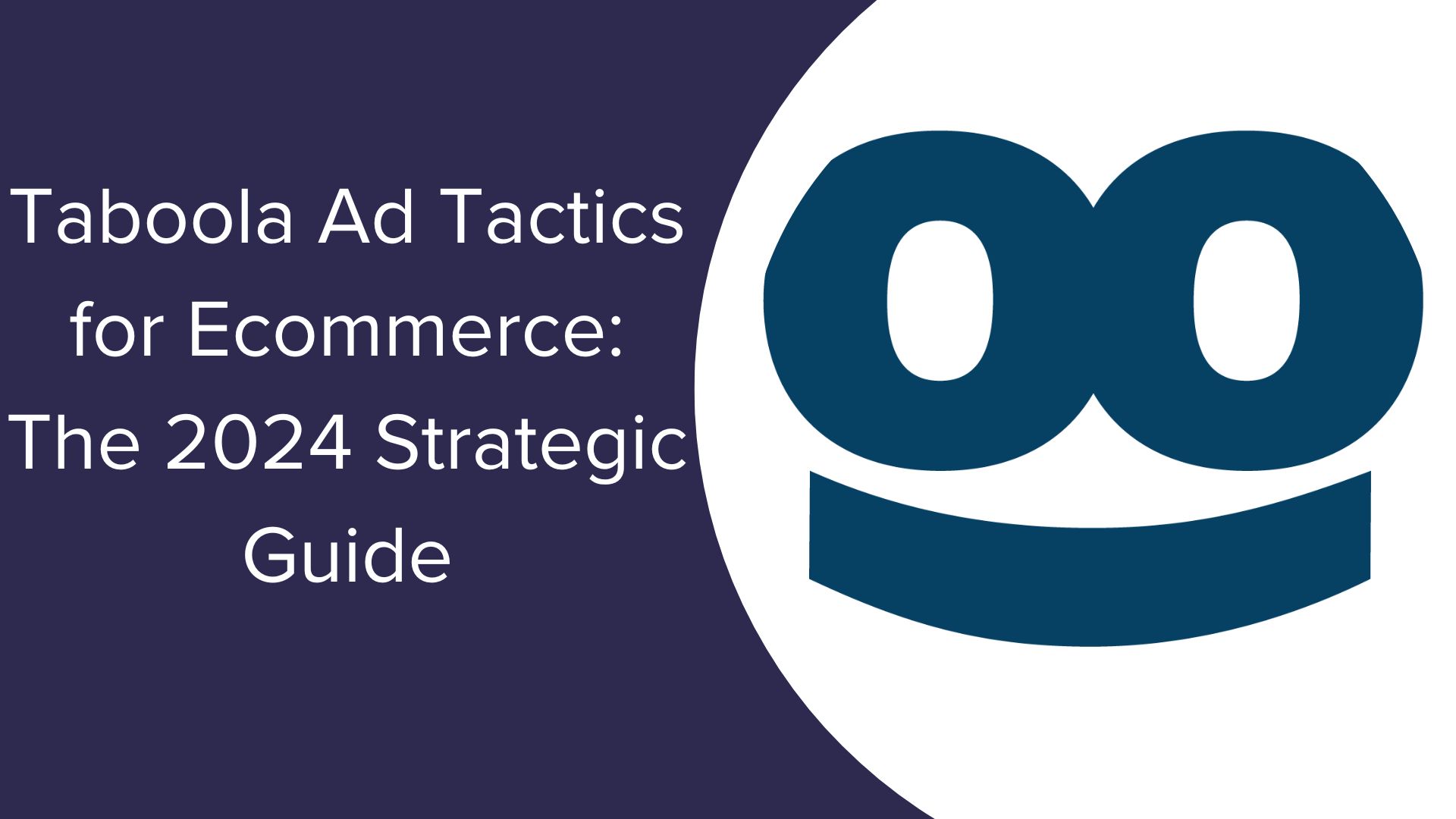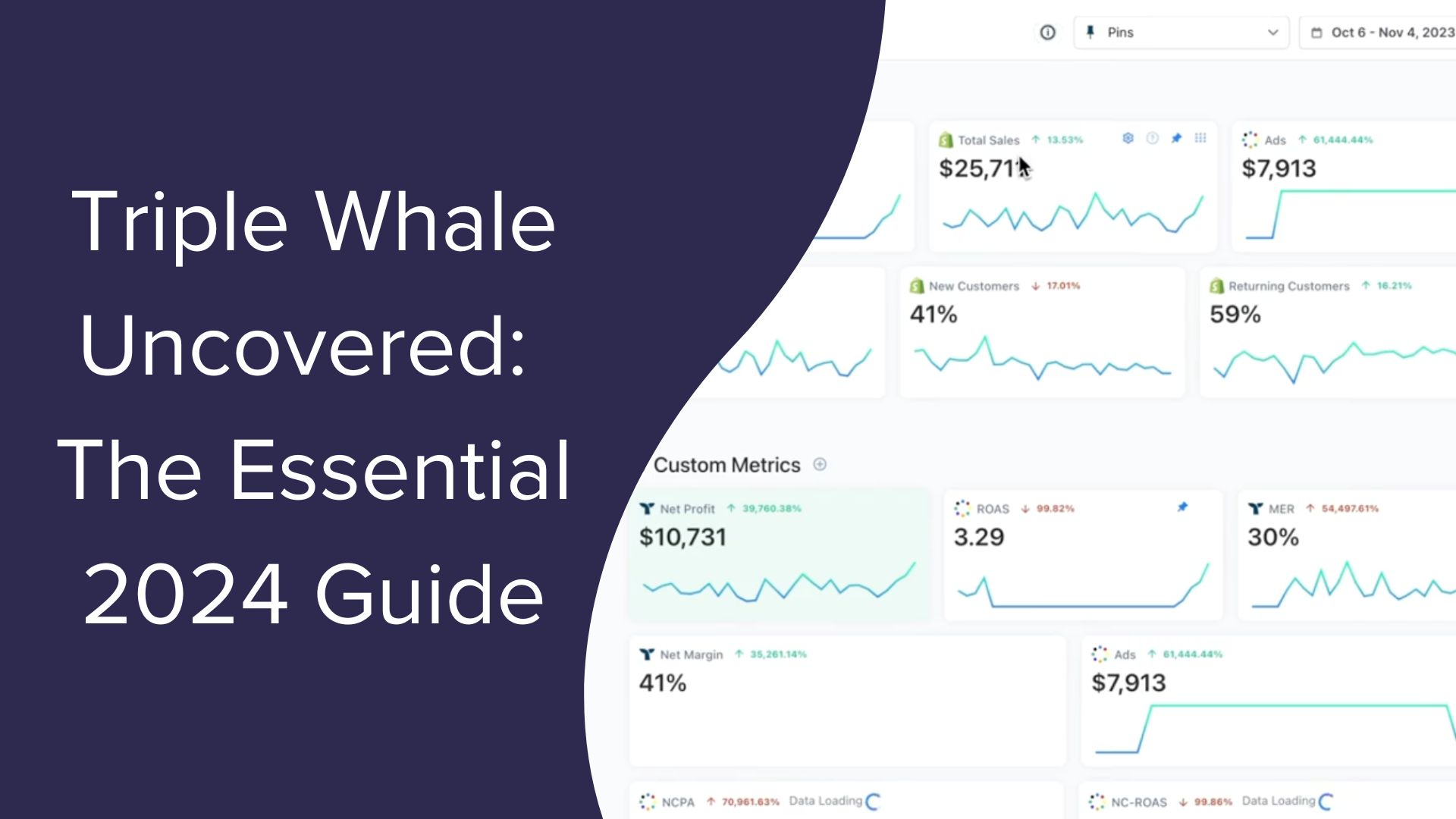What the heck is Facebook Blueprint?
Are you interested in learning more about Facebook ad products? Do you or your company advertise on Facebook at scale? Digital advertisers have to continuously educate themselves and their teams in order to adapt to the constantly evolving digital world. Create a competitive advantage and add a credential to your resume by getting the Facebook Blueprint Certification.
Facebook recently rolled out their Blueprint Certification on September 6, 2016. The Blueprint program offers two different Blueprint certifications for digital advertising professionals. Facebook Certified Planning Professional and Facebook Certified Buying Professional are the first two certifications that Facebook launched. All Blueprint certifications will main valid for 12 months. After the 12-month certification period, you will have the chance to take a recertification exam that will keep your status for another 12 months.
Why should you become Facebook certified? It allows digital advertising professionals to differentiate themselves in a crowded job market. Represents your expertise and understanding of advertising on the Facebook platform to yield a profitable return on ad spend. Facebook has 1B+ users so learning how to acquire those users profitably is of utmost importance for your venture.
How to become Facebook Blueprint certified? In order to become Facebook Blueprint Certified, you’re required to take two secure, online proctored exams and must receive a passing score equal to 700 or higher on both. These rigorous exams are designed to test your knowledge, skills, experience, and competence on the Facebook platform.
How and when to take the Facebook Certification Exams? To take the exams you can either schedule an appointment in advance or on the day you wish to take it. The exams will cost up to $150 US dollars. There are roughly between 50 and 60 questions on the exam and you’ll have up to 75 minutes to answer all questions. You are restricted from using any personal items while taking your exam. Your computer will be locked down and also won’t be able to access the internet once the exam starts. Upon completion of the exam, you will receive your official score within 48 hours. A score of 700 or higher on the exam will get you Facebook Blueprint certified.
What if you fail the exam? If you fail to pass the exam, then you can schedule to retake the exam. However, you must wait 30 days before retaking it. You’re able to retake the exams as many times as you need, but the costs for retaking the exam is the same as the first attempt ($150).
Exams required to take and pass to become Facebook Certified Planning Professional (FCPP):
Exams required to take and pass to become Facebook Certified Buying Professional (FCBP):
Included with these Exams overview are Facebook Blueprint eLearnings and resources that will help you prepare for the exams. There are free eLearning modules and over 50 courses available via Facebook Blueprint. You can access it here: Facebook Blueprint eLearnings Practice exams can be found here: Practice Exams
In order to give you a taste of the Facebook Blueprint content below are 29 of our favorite quotes.
1) “Conversion Lift enables advertisers to determine the additional business driven online or offline from people reached by Facebook ads across devices. Conversion Lift leverages a scientific approach used by other industries and uses randomized test and control groups.”
2) “An unpublished Page post is a Page post ad that is targeted to a specific audience and does not appear on your Page’s Timeline. It only appears in the News Feeds for the people you are targeting with your ad.”
3) “A Core Audiences allows you to target people based on their demographics, location, interests, and behaviors. This data is pulled from the information they share in their profiles on Facebook and the behaviors they exhibit on our platform.”
4) “A Custom Audience lets you reach people based on an imported contact list or remarket to people based on the actions they’ve taken on your website or mobile app.”
5) “Audience Network – This is a network of mobile app publishers who’ve been approved by Facebook to show ads in their apps.”
6) “A Lookalike Audience is a group of people on Facebook who share traits — like location, age, gender and interests — with your customers. You can choose to create a Lookalike Audience that targets people who are similar to your Custom Audience.”
7) “Identify audiences by where they are in the lifecycle. For example, remarket to people who have shown interest in your website, target existing customers who are likely to churn, and reach out to your highest LTV customers to keep them engaged.”
8) “Overlapping target audiences can mean that multiple ads are competing for the same auctions, thus cannibalizing the delivery for your campaign. Try consolidating your target audiences into larger, but fewer, audience segments. Evaluate the timing of ad sets that may not need to run at the same time.”
9) “Gaming advertisers in particular are seeing positive results — installs from video app ads have returned higher lifetime value (LTV) and better engagement compared to image ads. This is because videos provide a much richer and engaging experience that allows advertisers to demonstrate the best features of their app or game, like a trailer or action scene. In addition, we have made video app ads available off Facebook in our Audience Network to help boost performance even further.”
10) “Facebook Canvas Unit provides a solution that pre-caches content, so it loads and displays quickly within Facebook. It also provides more real estate for your creative, and the opportunity for people to see and explore more of your products. This allows advertisers to tell compelling brand and product stories on mobile in ways that are enjoyable for people and effective for their businesses.”
11) “Provide More Context, Be Specific: Unlike traditional link ads, lead ads should provide more context since you’re requesting immediate action from people. You can do this by adding a context card, which appears after someone clicks on your ad and before they start filling out the form”.
12) “A context card can help ensure that the leads you receive are of higher quality. For example, if you want to find new email subscribers, use a context card to explain what type of content you are offering in those emails.”

13) “Video consumption on Facebook and Instagram are growing at a staggering rate. People are living with their phones, and going back to them over and over again. In fact, 73% of people in the US say their phone is always with them; and nearly half say that they check their phone more than 30 times a day, with that percentage increasing to 62% for millennials.”
14) “Drive in-app purchases: If your brand has a mobile app, you can use deferred deep linking in your dynamic ads to reduce friction from the purchase flow.”
15) “Every month, 2.5 billion comments are being posted on business Pages. This shows just how much people are using Facebook to communicate with businesses.”
16) “To help US advertisers work with people who show an affinity to Hispanic, African American, or Asian American cultures, our team has developed a comprehensive targeting solution for Facebook and Instagram: Multicultural Affinity Targeting.”
17) “More than 1 billion people use Facebook on their mobile devices every day. Facebook and Instagram make up 22% of all time spent on mobile in the US.”
18) “Combat creative exhaustion and ad fatigue. Always refresh your ad creative every 1 to 2 weeks for the best performance. When everyone in your target audience has already seen your ad many times, it becomes more expensive to achieve desirable results.”
19) “An ad type is the format of your ad. Available ad types are: Image Video Carousel Slideshow Canvas”
20) “Ad Placement – Your placement is where you would like your ads shown. For each ad, you can choose multiple placements. Placement options are: Mobile News Feed Desktop News Feed Right Column Instagram Audience Network”
21) “While there is no policy on how much text you can use in your ad image, we do have a recommendation: Less than 20% of your image should include text. Ads with higher amounts of text will receive less or no delivery.”
22) “We offer 4 bidding options: Cost per impression (CPM) Cost per click (CPC) Cost per action (CPA) Optimized for conversion For direct response, we recommend conversion optimization.”
23) “Facebook and Instagram can be effective for customers who are not responding to emails. Westwing, a home and living shopping club, retargeted clients who no longer opened emails or had opted out, along with website visitors who had not yet made a purchase. They saw a 9% increase of items added to carts from customers who had lapsed engagement when Facebook was added to their email marketing.”

24) “Carousel: The carousel format provides you with more creative real estate in News Feed and offers an opportunity to tell deeper stories. You can showcase up to five clickable images or videos within a single ad unit. Videos will auto-play as they slide into view, giving you the option to use multiple videos that will come alive as the viewer scrolls horizontally through the format.”

25) “It’s never too early to set long-term goals for your program. Consider metrics such as lifetime value (LTV), downstream value, average order value (AOV) and share of new customers.”
26) “We believe game marketers can use a cycle-based model to maximize their success. The phases begin with audience awareness, followed by acquisition. More emphasis is placed on minimizing evacuations on the path to conversion by driving loyalty and advocacy through persistent engagement. The final phase of maximizing value and monetization is done through ongoing re-engagement and leveraging Facebook and Instagram’s monetization platforms and native advertising.”

27) “A good game will have many parts. You can use Carousel Ads to show several screens and even videos to bring your audience into your game’s world.”

28) “Personalization is key to conversion success. Combine what you know about your game with what Facebook knows about your audience to deliver ads that convert. Re-target people who viewed your first Video Ad with follow-up content to get them closer to installing your app.”
29) “Target people who resemble your most valuable players. Create a set of Custom Audiences by splitting your audience into clusters and building distinctive clusters to target. Each cluster will contain players with similar interests, levels of engagement, and purchasing behaviors. For example, each seed can be made up of highly engaged players, big spenders, players of similar games, fans of your Facebook Page, or people who have taken a certain action on your website (like registering their details). Building high quality, distinctive clusters can make all the difference to your campaign.”
Facebook Blueprint is an extremely solid resource that I highly recommend for any digital marketing professionals. Enjoy! And best of luck with your test.




